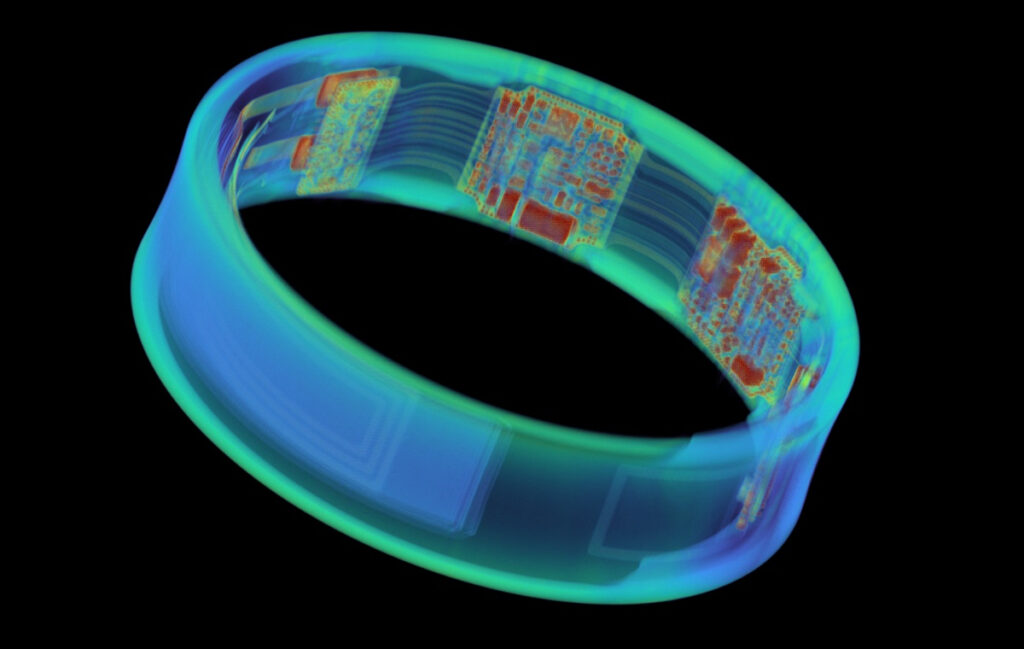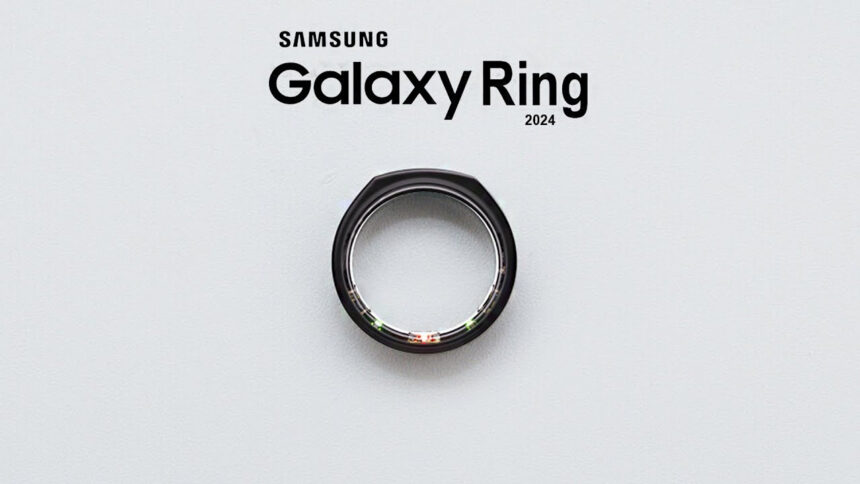Samsung, the South Korean tech giant known for its innovative consumer electronics, has once again ventured into the realm of wearable technology with its latest product, the Samsung Galaxy Ring. Positioned as a high-end smart ring with advanced features, the Galaxy Ring has garnered significant attention. However, a recent teardown analysis by iFixit raises serious concerns about the repairability of this sleek gadget. According to their findings, if certain components of the Galaxy Ring fail, repairing the device might be virtually impossible, rendering the wearable unusable. This blog delves into the challenges and potential pitfalls of the Samsung Galaxy Ring’s design and explores why its impressive technology might be overshadowed by its lack of repairability.
A Closer Look at the Galaxy Ring
The Samsung Galaxy Ring is designed to be a wearable device that combines the functionalities of a fitness tracker and a smart accessory, offering users the ability to monitor their health, track their daily activities, and stay connected. With its sleek and minimalist design, the Galaxy Ring aims to cater to tech-savvy consumers who prefer a more discreet alternative to traditional smartwatches.
The ring features a Nordic Semiconductor nRF5340 system on a chip, which includes dual Arm Cortex-M33 cores, 512 KB of RAM, and 1 MB of storage. It also supports Bluetooth 5.4 connectivity, ensuring seamless communication with paired smartphones. Additionally, the Galaxy Ring is equipped with a tiny wireless charging coil, a battery pack, an NFC tag, and an antenna to facilitate signal transmission. These features, packed into a small and stylish form factor, highlight Samsung’s prowess in engineering and miniaturization.
The Repairability Dilemma
While the Galaxy Ring’s technological capabilities are impressive, the iFixit teardown has unveiled a significant drawback: the device’s design makes repairs nearly impossible. According to iFixit, accessing the ring’s internal components requires opening it from the inside, a process that could render the device non-functional. This is primarily due to the way the circuit board and battery are configured within the ring.
A critical issue lies in the Galaxy Ring’s use of a lithium-ion battery, which is standard for many wearables. iFixit notes that this battery offers around 400 charge cycles, which is fairly typical for such devices. However, once the battery reaches the end of its life, replacing it is a challenge. Attempting to access the battery would likely destroy the device, making any repairs practically impossible. This is because the battery is encased in an epoxy resin coating, which protects the internal components but also makes it nearly impossible to access or replace the battery without causing irreversible damage to the device.
The Role of Epoxy Resin

The epoxy resin coating used in the Galaxy Ring’s design is another major factor contributing to its lack of repairability. This coating, while protecting the internal components, also acts as a barrier that prevents easy access to the ring’s internals. A computed tomography (CT) scan shared by iFixit reveals that the internal components are enveloped in this resin, making any attempt to disassemble the ring a delicate and challenging process.
To reach the battery and other components, one would need to melt the epoxy resin and chip it away, which is not only time-consuming but also risky. The precision required to remove the resin without damaging the internal circuitry is high, and even a small mistake could render the ring useless. This design choice highlights a common trade-off in consumer electronics: the balance between durability and repairability. In the case of the Galaxy Ring, the focus on durability appears to have come at the expense of repairability.
The Challenge of Press Connectors

Another intriguing aspect of the Galaxy Ring’s design is the use of press connectors, which are solder-free solutions used to connect the printed circuit board (PCB) to the battery and other components. Press connectors are often employed in compact electronics where space constraints or material properties make traditional soldering impractical. While these connectors offer advantages in terms of manufacturing and assembly, they also pose challenges for repairability.
According to iFixit, the use of press connectors means that reaching the circuit board without damaging the battery is nearly impossible. This is because the connectors create a tightly packed internal structure, making it difficult to access and replace individual components. As a result, any attempt to disassemble or repair the device could lead to irreversible damage, further emphasizing the Galaxy Ring’s irreparability.
The Implications for Consumers
The Galaxy Ring’s lack of repairability raises important questions about the longevity and sustainability of consumer electronics. In an era where environmental concerns and electronic waste are increasingly important, the inability to repair or recycle devices can have significant implications. Consumers who invest in high-end wearables like the Galaxy Ring expect them to be durable and long-lasting. However, the inability to repair the device means that, once the battery dies or if any internal components fail, the ring becomes essentially disposable.
This issue is not unique to Samsung; many consumer electronics manufacturers face similar challenges when designing compact, high-tech devices. The trade-off between sleek design and repairability is a common one, but as consumers become more aware of the environmental impact of electronic waste, there is a growing demand for products that are not only innovative but also sustainable and repairable.
The Future of Wearable Technology

The Samsung Galaxy Ring represents a significant step forward in wearable technology, showcasing Samsung’s ability to innovate and push the boundaries of what is possible in a compact form factor. However, the concerns raised by iFixit about the device’s repairability highlight a key challenge that the industry must address: how to balance innovation with sustainability.
As wearable technology continues to evolve, manufacturers will need to find ways to design products that are not only advanced and feature-rich but also repairable and recyclable. This will require a shift in design philosophy, focusing on creating products that are easier to repair and maintain, without compromising on performance or aesthetics.
Conclusion
The Samsung Galaxy Ring is a remarkable piece of technology that demonstrates the potential of wearable devices. However, the concerns about its repairability, as highlighted by iFixit, serve as a reminder that innovation must be balanced with practicality and sustainability. As consumers, it is important to consider not only the features and capabilities of a product but also its long-term usability and impact on the environment.
The Galaxy Ring’s design, while impressive, may limit its appeal to consumers who value repairability and sustainability. As the demand for wearable technology grows, it is crucial for manufacturers to prioritize the development of products that are not only cutting-edge but also built to last. The future of wearables will depend on finding the right balance between innovation and responsibility, ensuring that the devices we use today do not become the waste of tomorrow.





